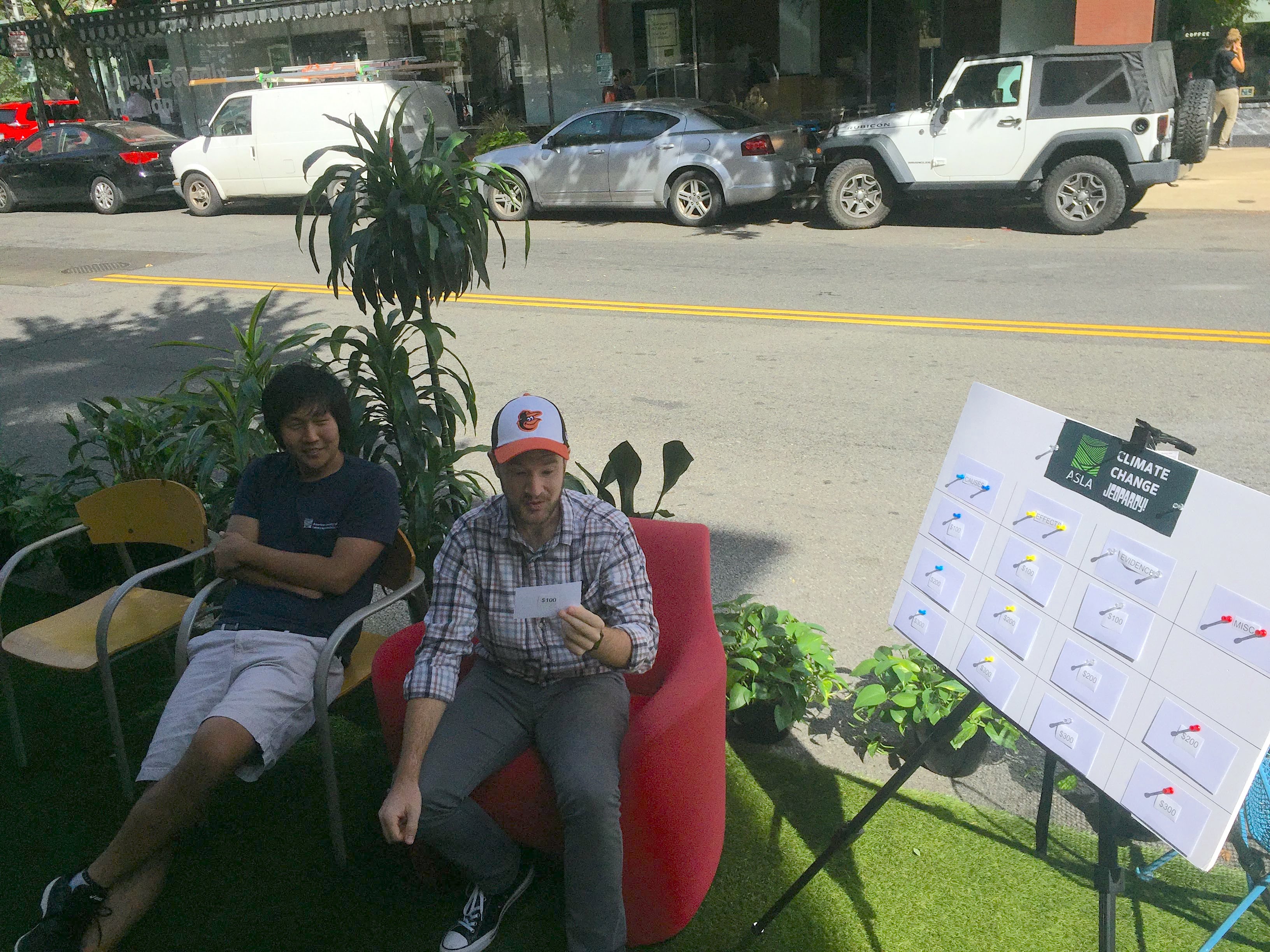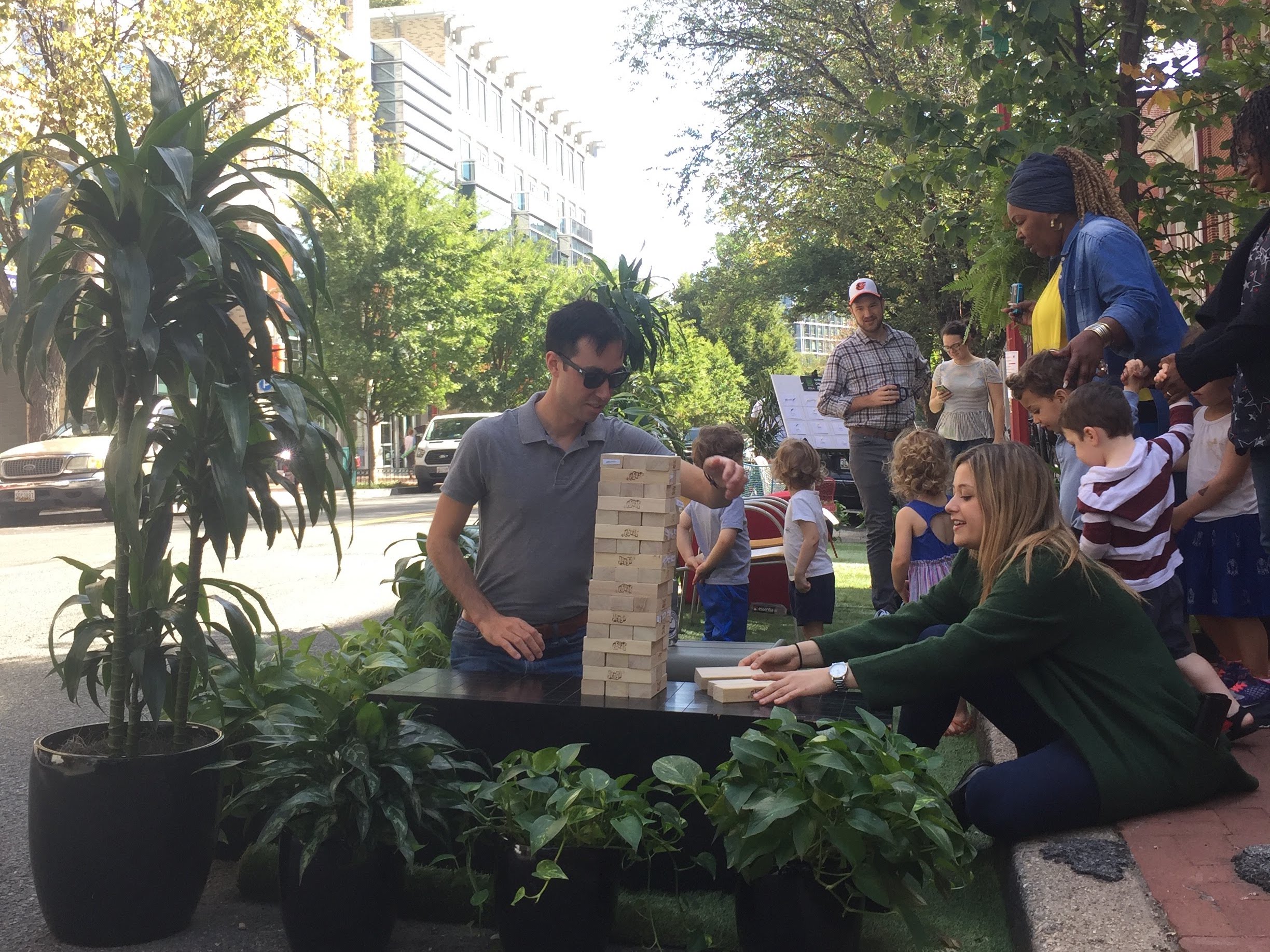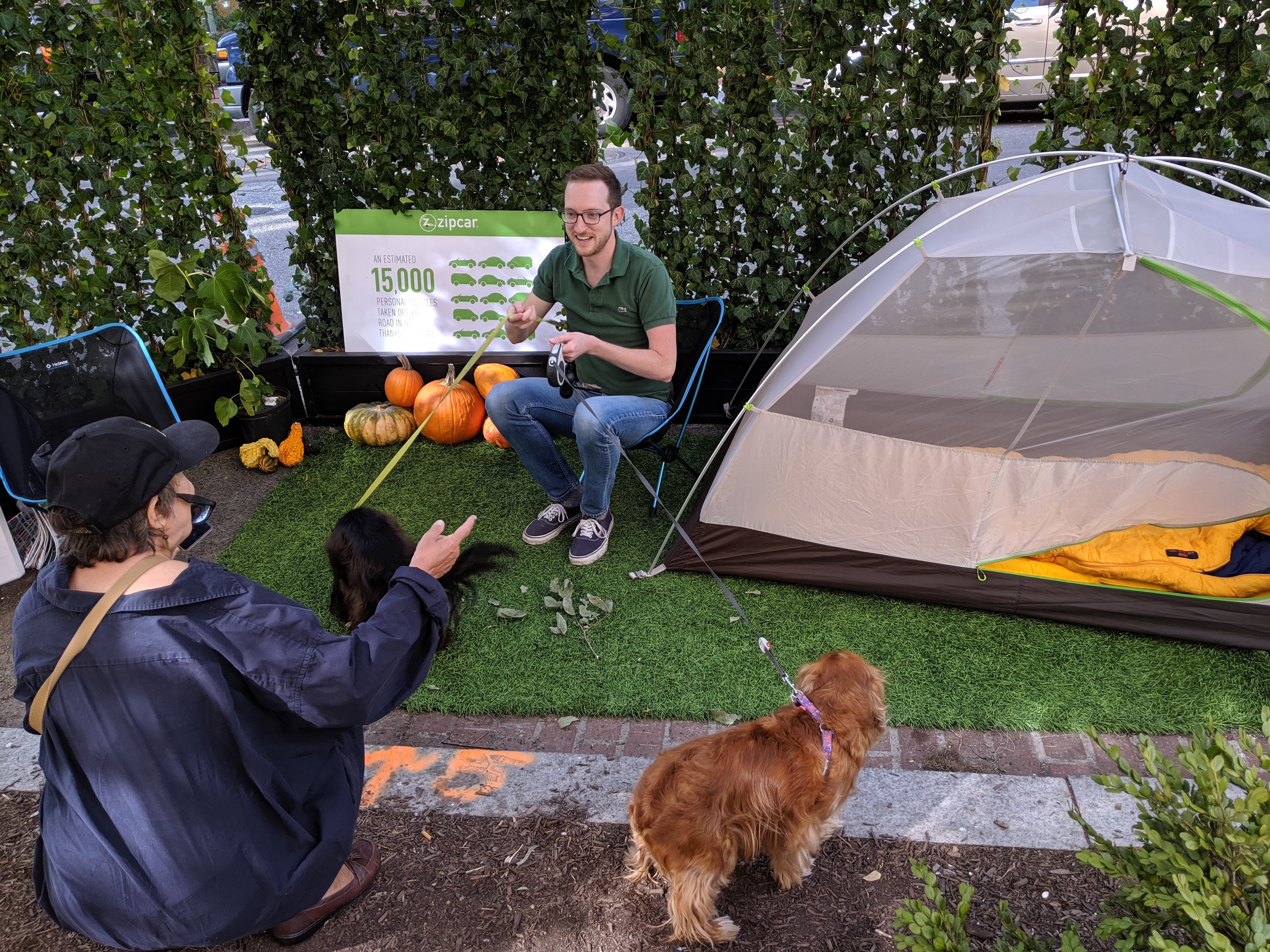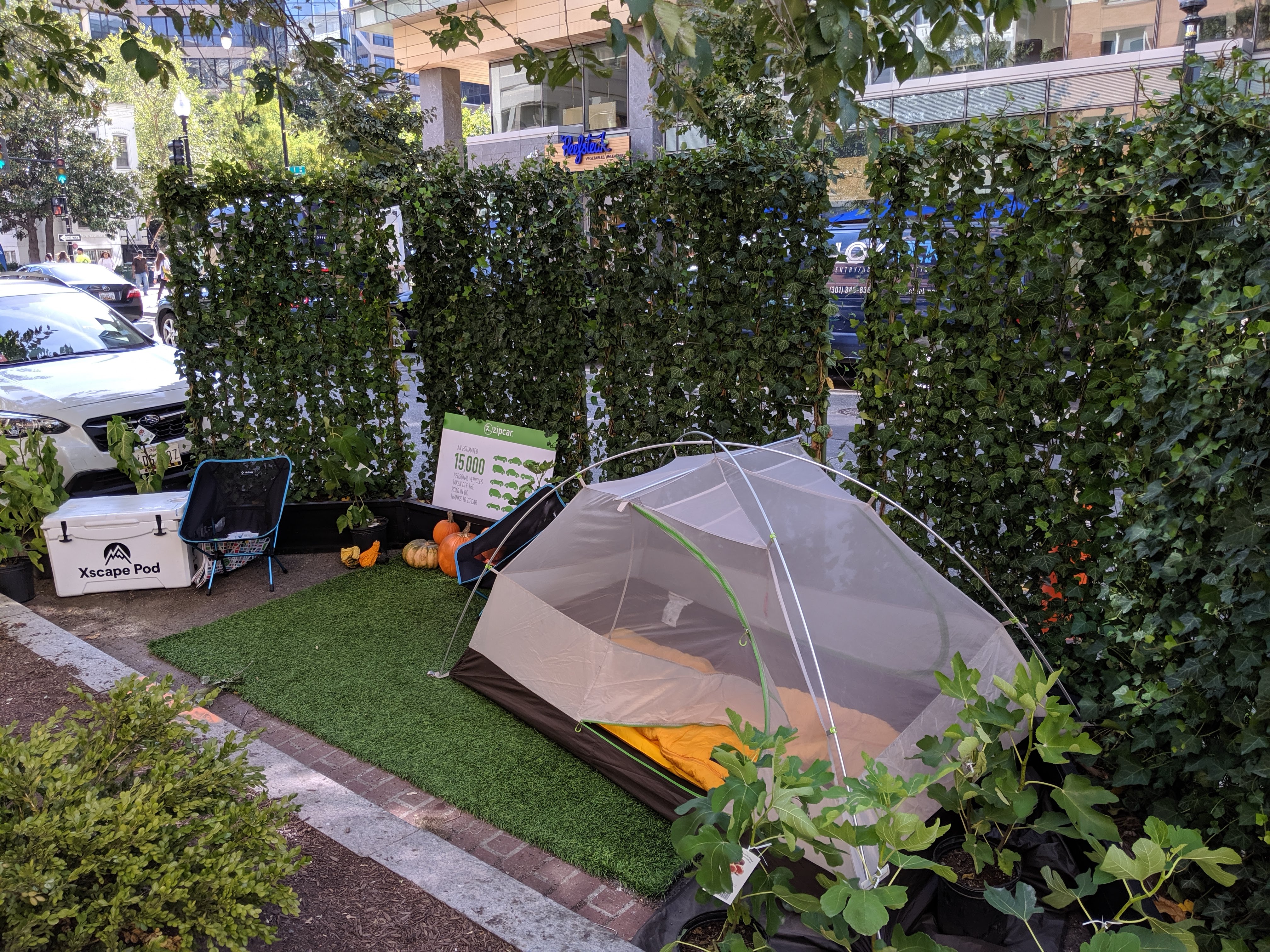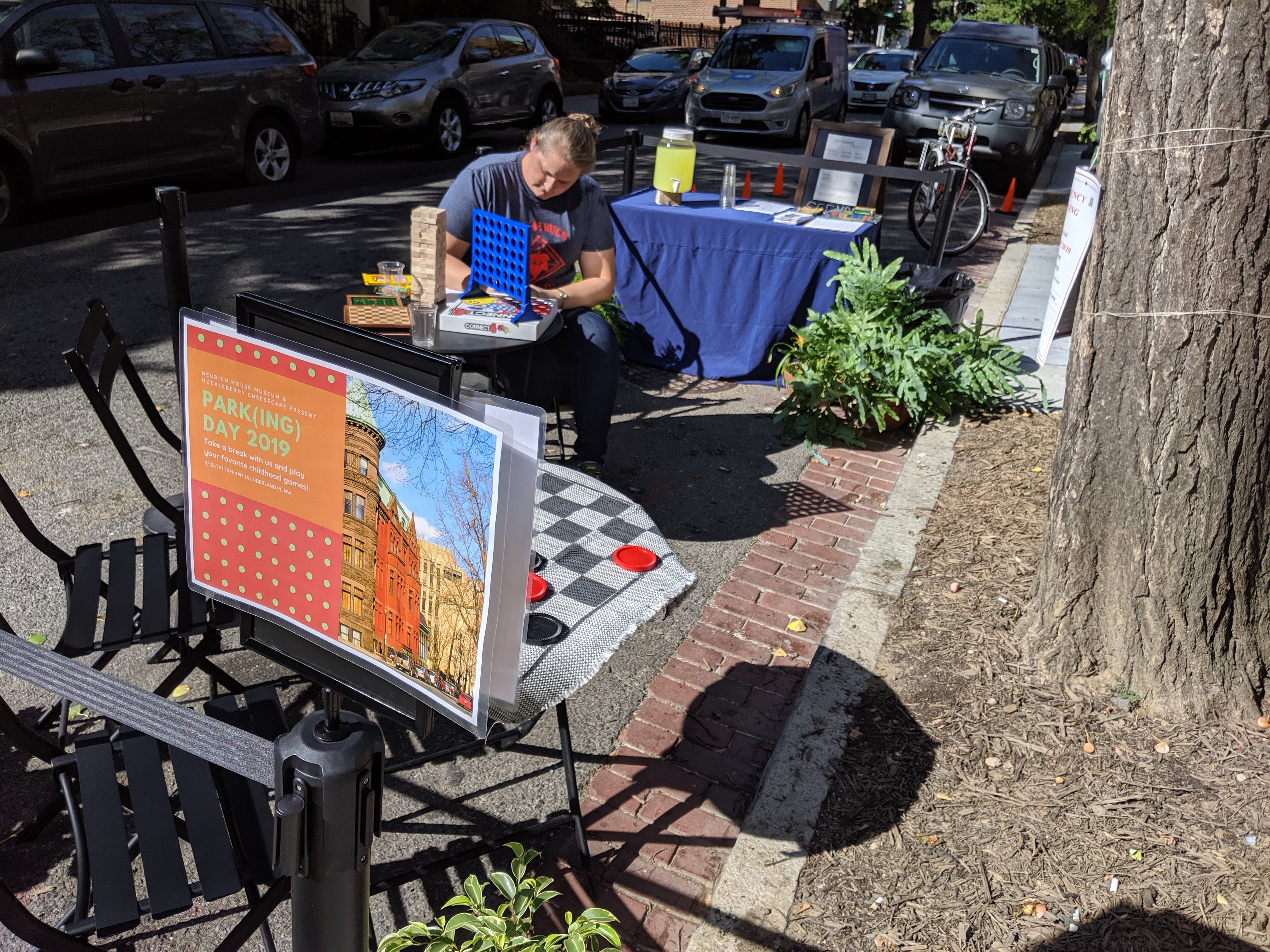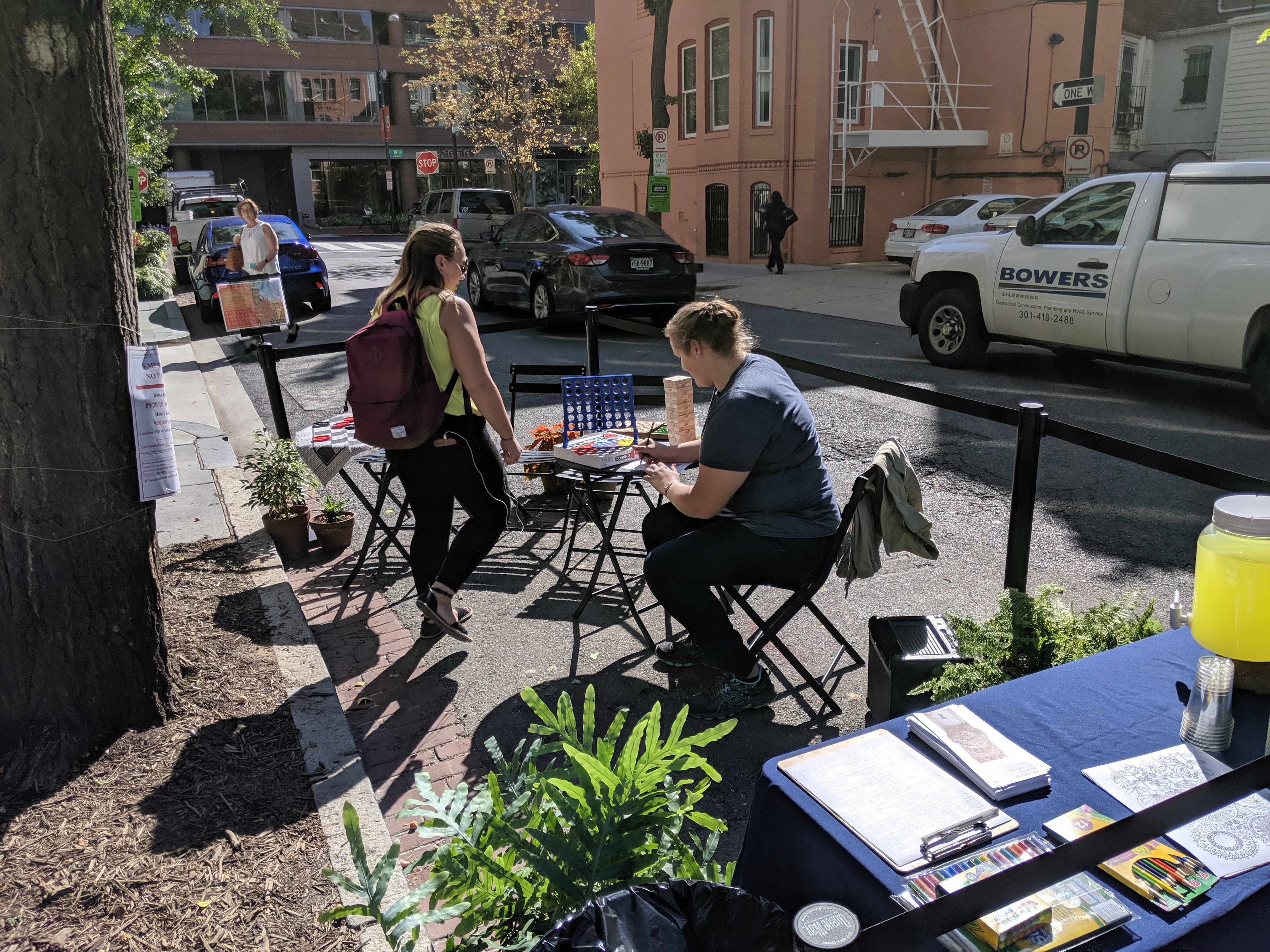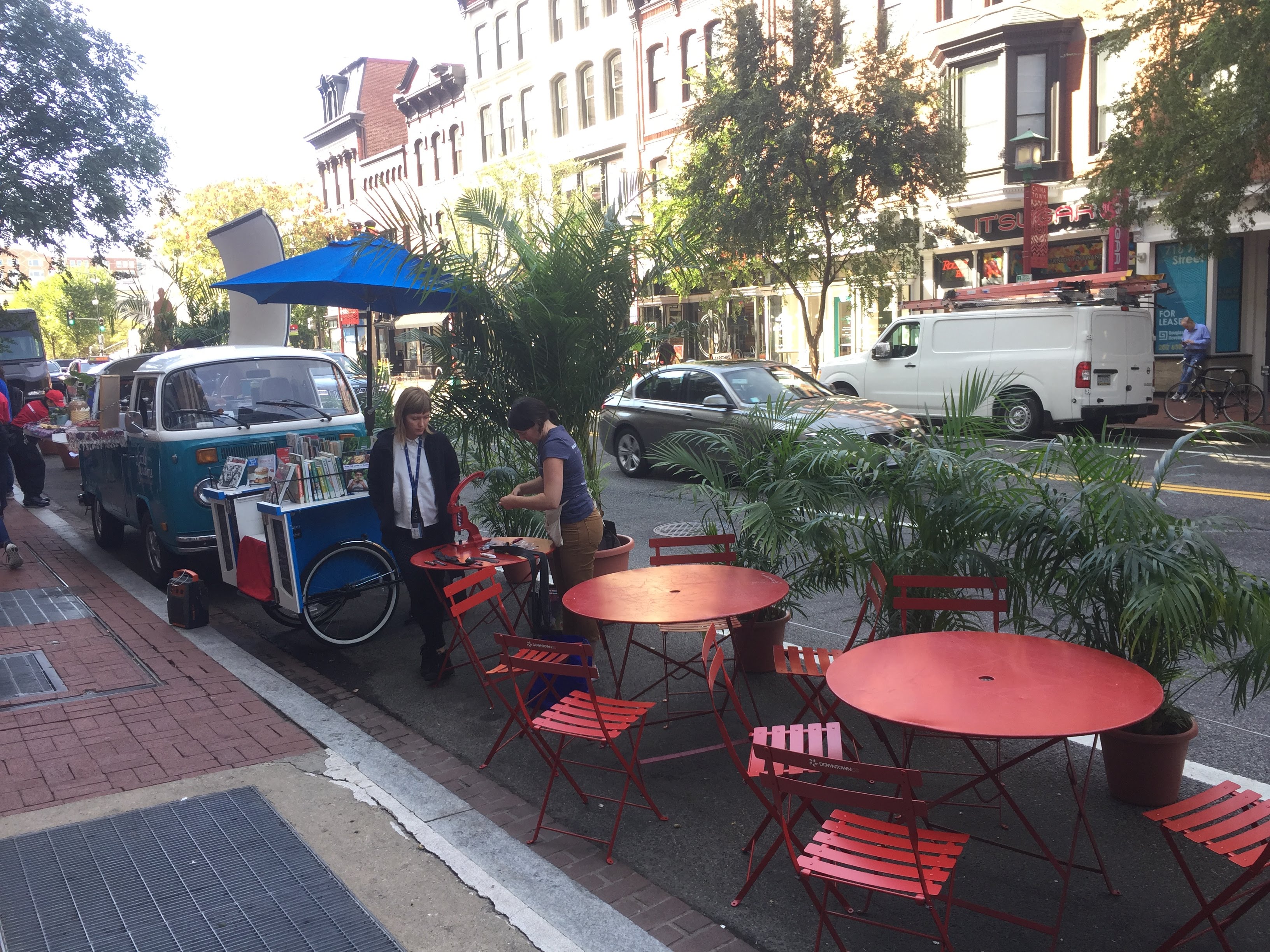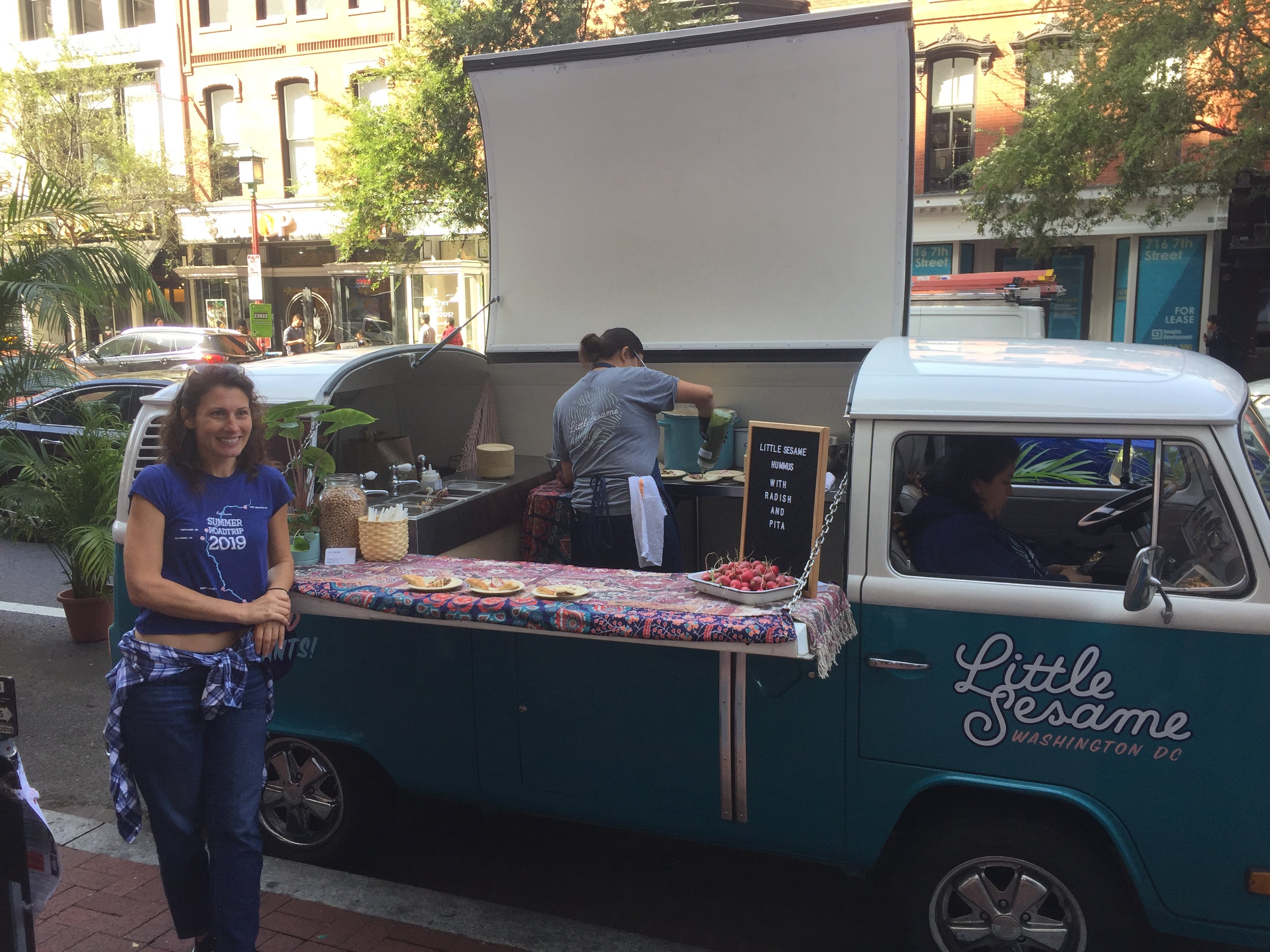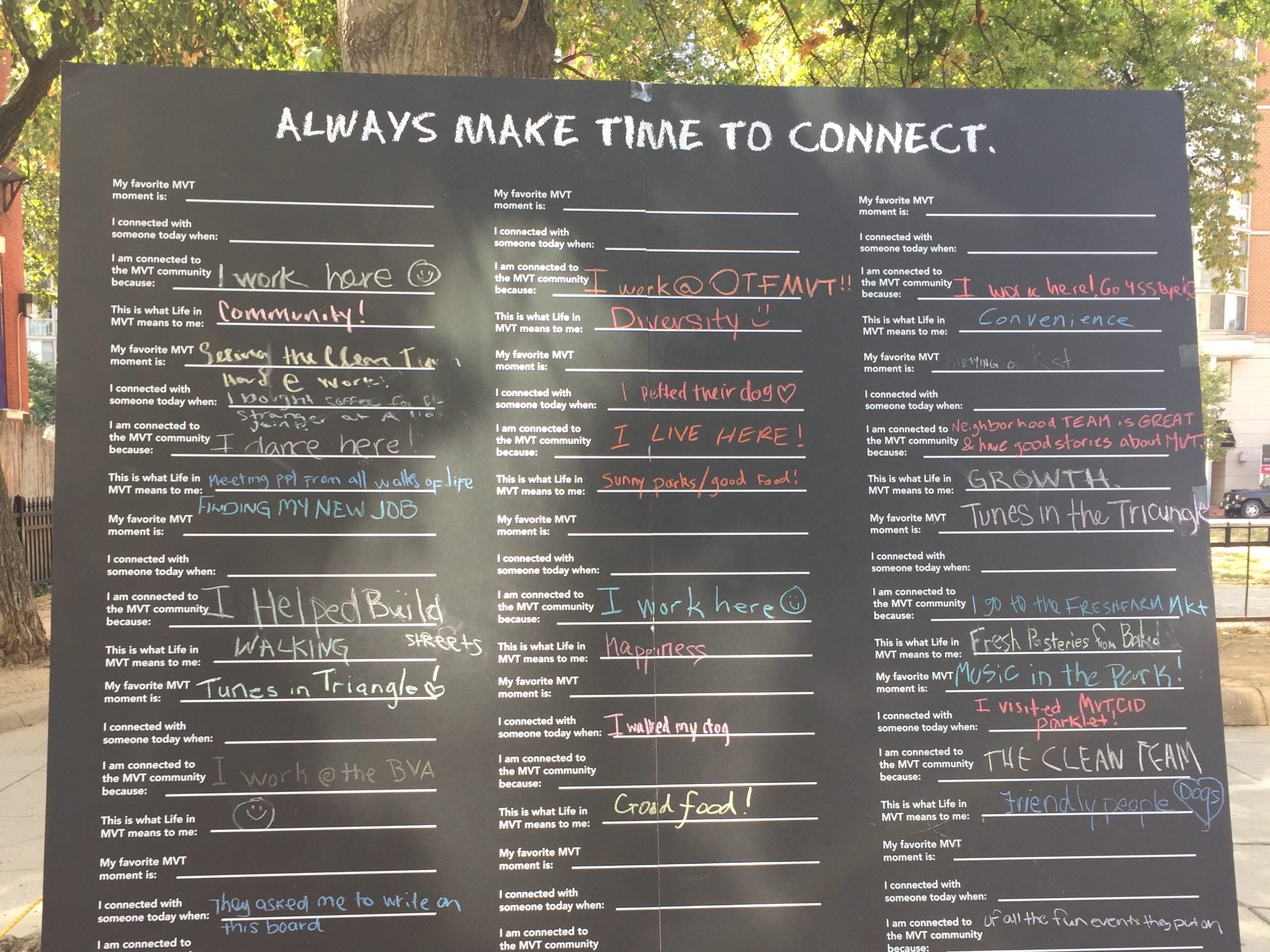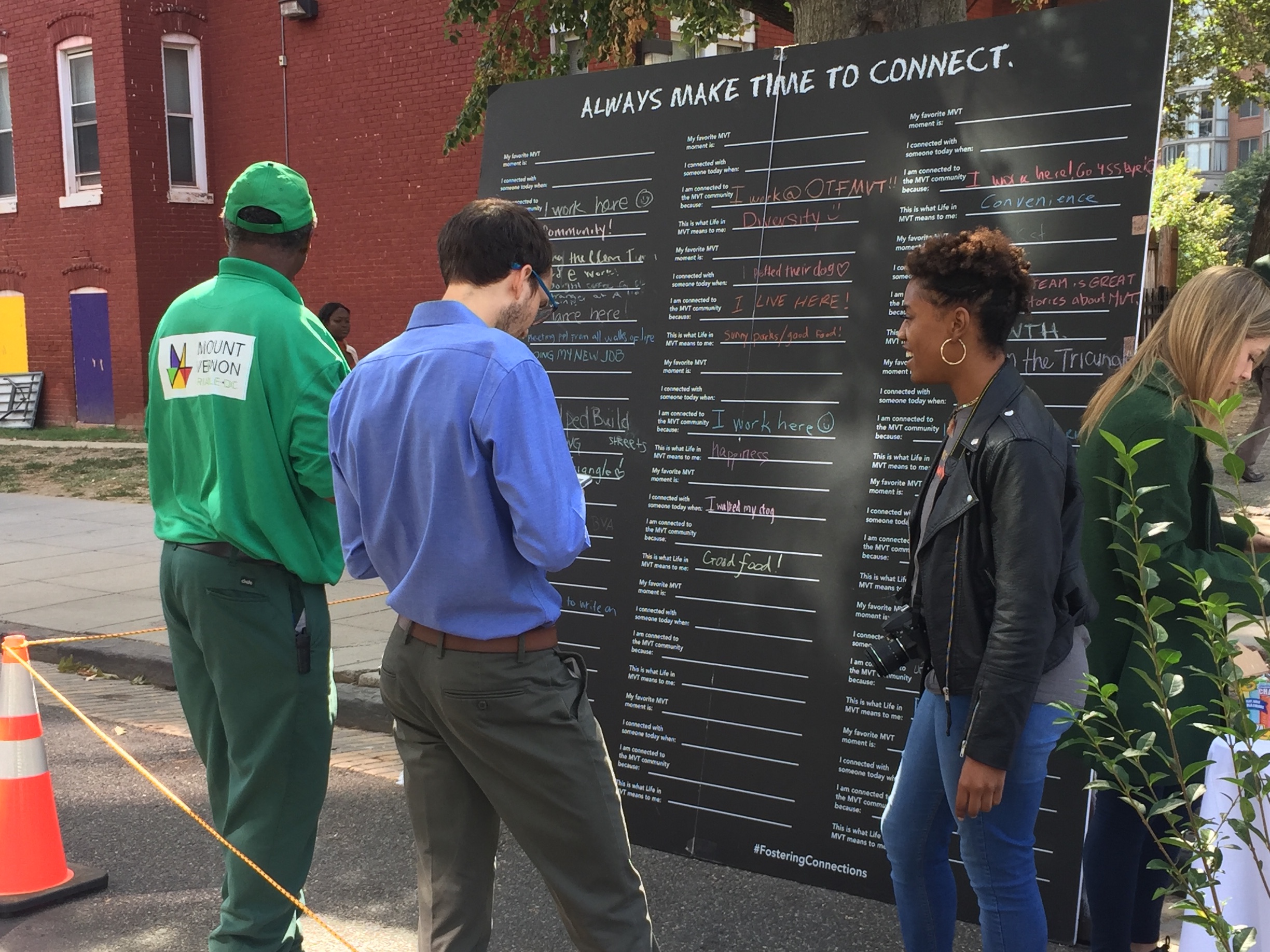
What is smart growth?
Smart growth is an approach to community design that connects housing, transportation, and land use to create healthy, prosperous, and resilient neighborhoods.

About us
Smart Growth America cultivates vibrant, sustainable communities with diverse living and transportation options, enhancing quality of life for all.

Our work
Smart Growth America cultivates vibrant, sustainable communities with diverse living and transportation options, enhancing quality of life for all.

Impact
Smart Growth America cultivates vibrant, sustainable communities with diverse living and transportation options, enhancing quality of life for all.

Events
Throughout the year, we host a number of in-person and virtual events covering topics related to public health, social equity, and climate resilience.


News
By Sean Doyle, September 20, 2019
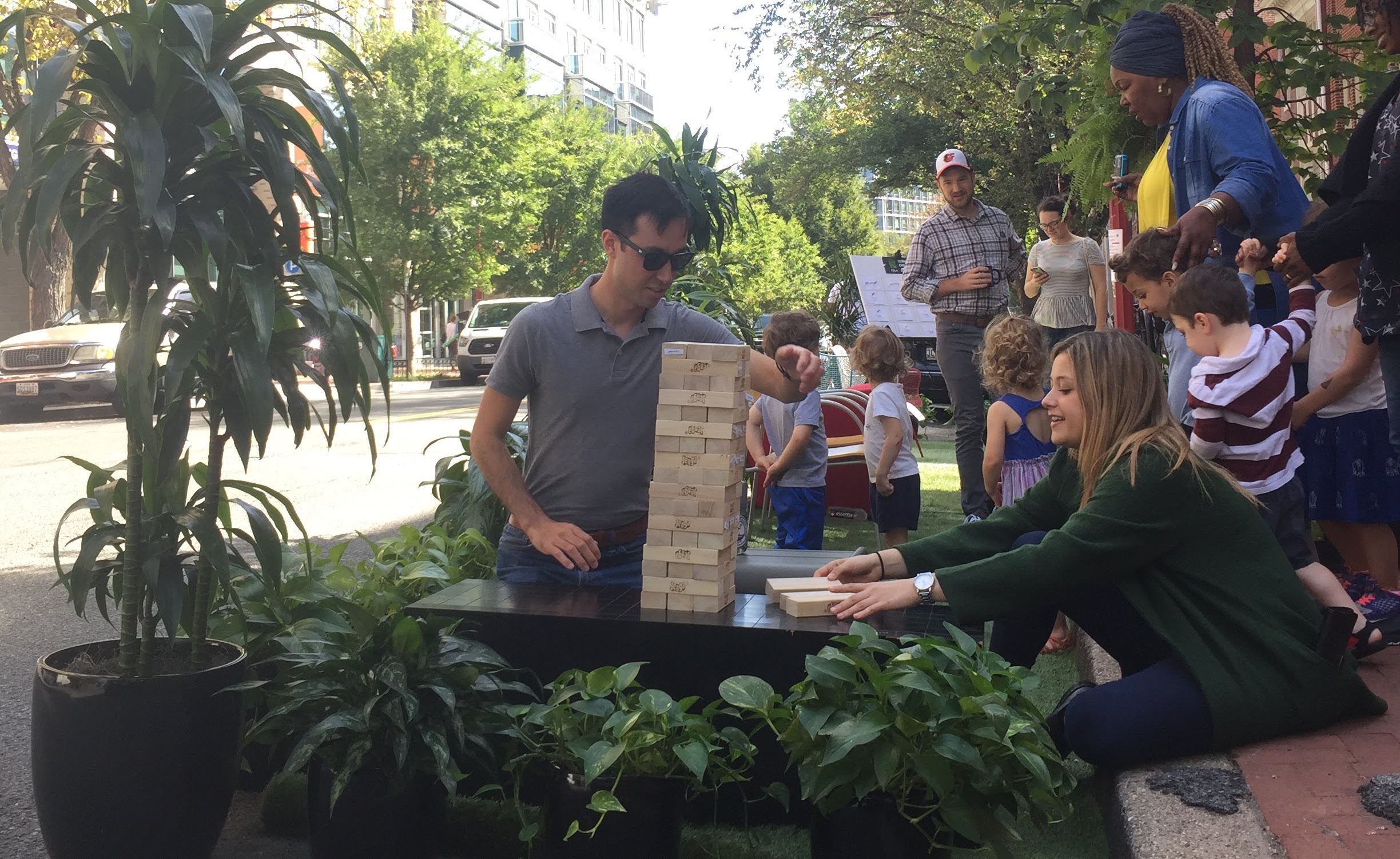
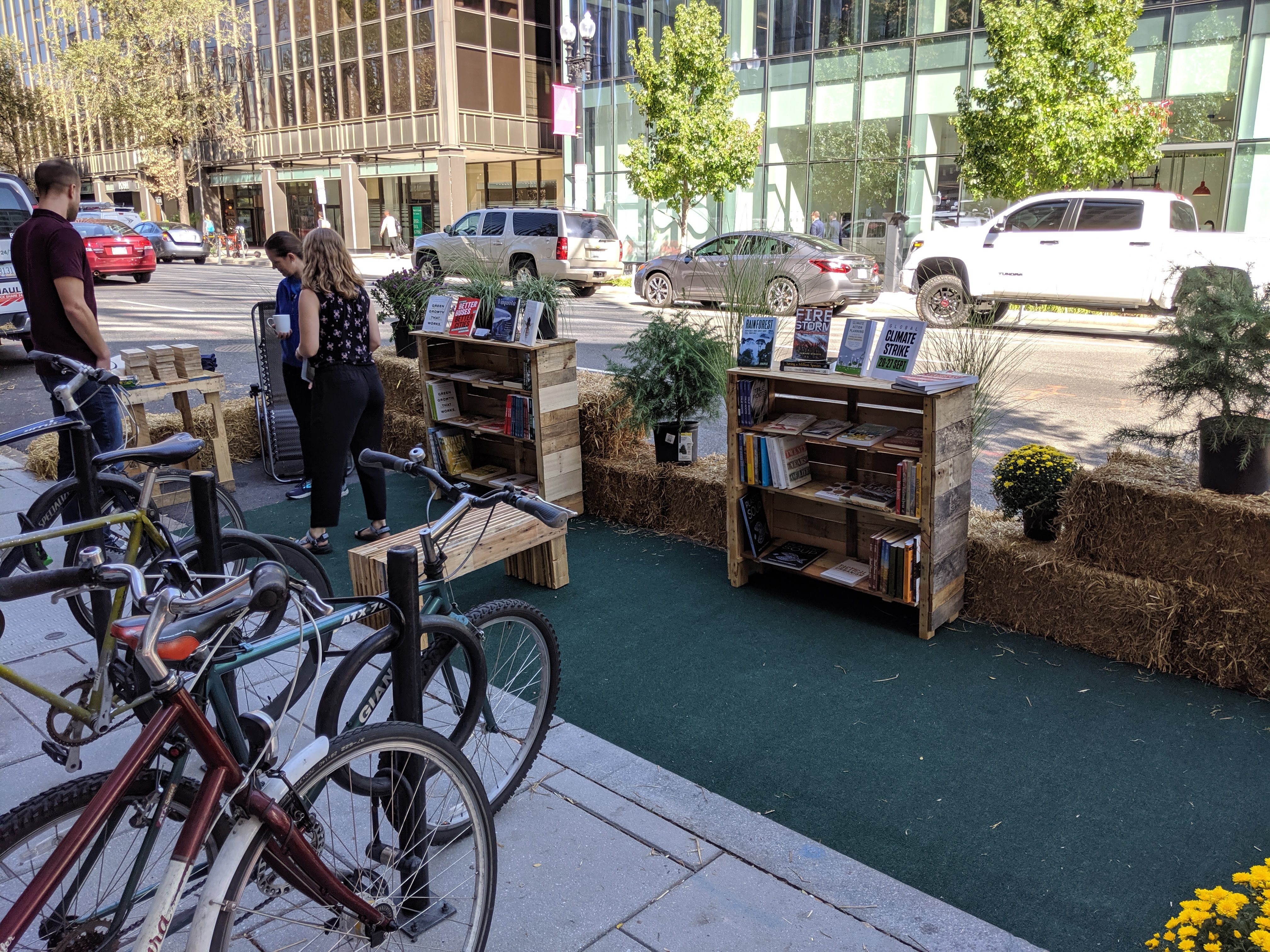
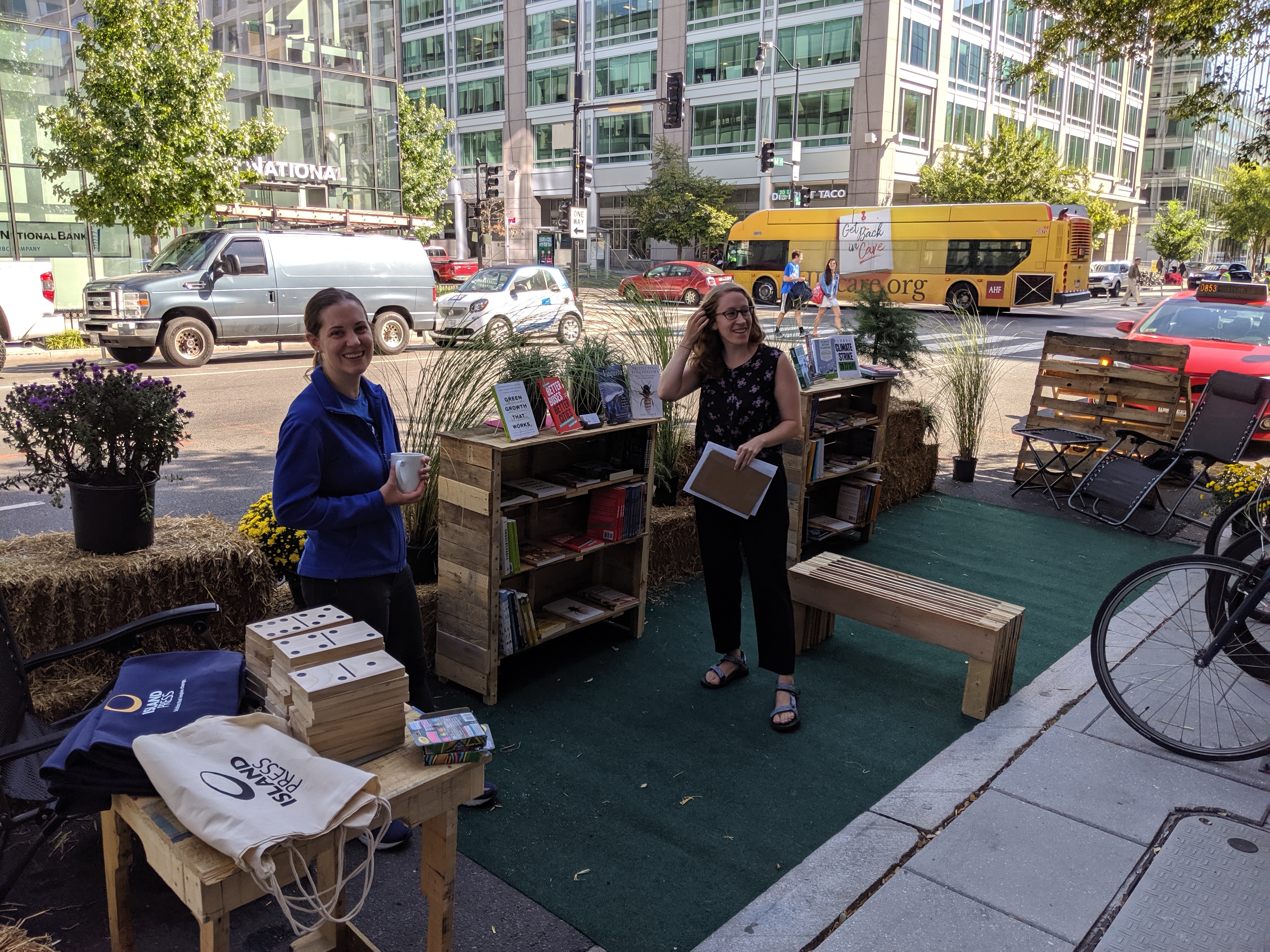 Walkable City Rules and Tactical Urbanism that inform the way people think about cities and urban life. This initiative demonstrates how streets and city life could be more safe, sustainable, and enjoyable.”
Walkable City Rules and Tactical Urbanism that inform the way people think about cities and urban life. This initiative demonstrates how streets and city life could be more safe, sustainable, and enjoyable.”

